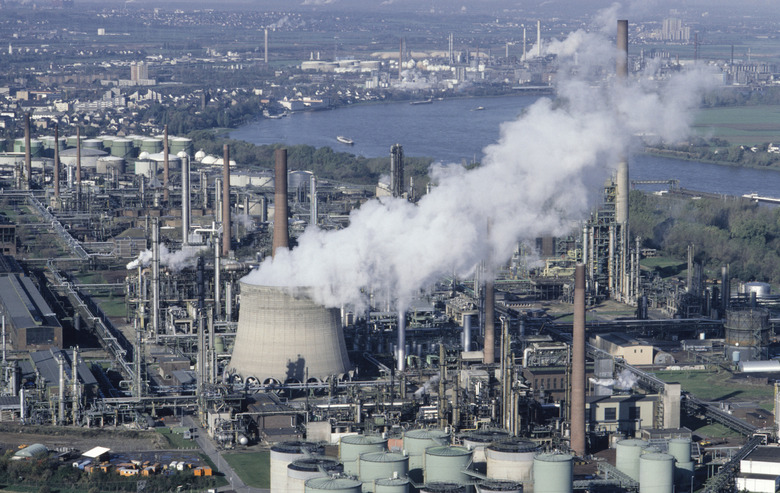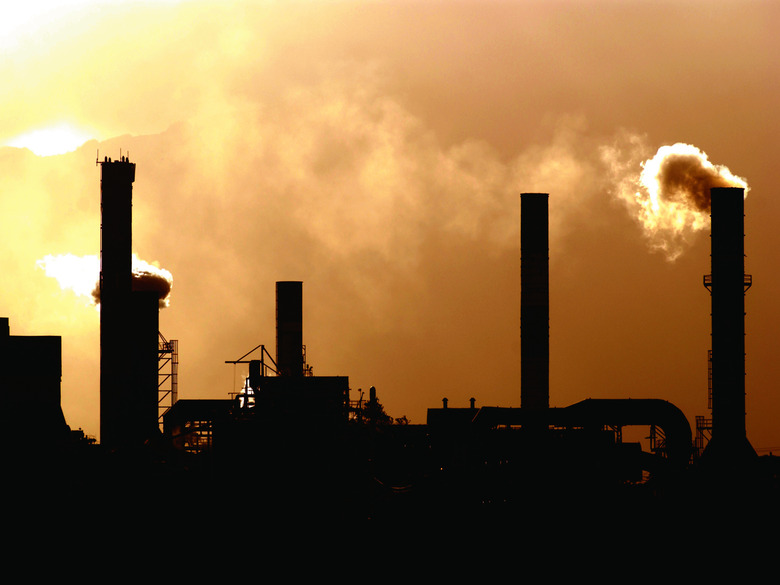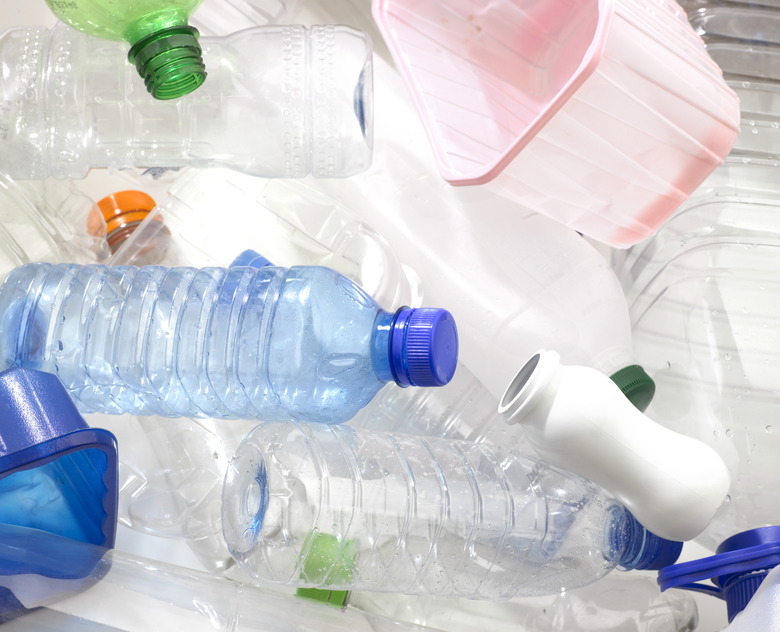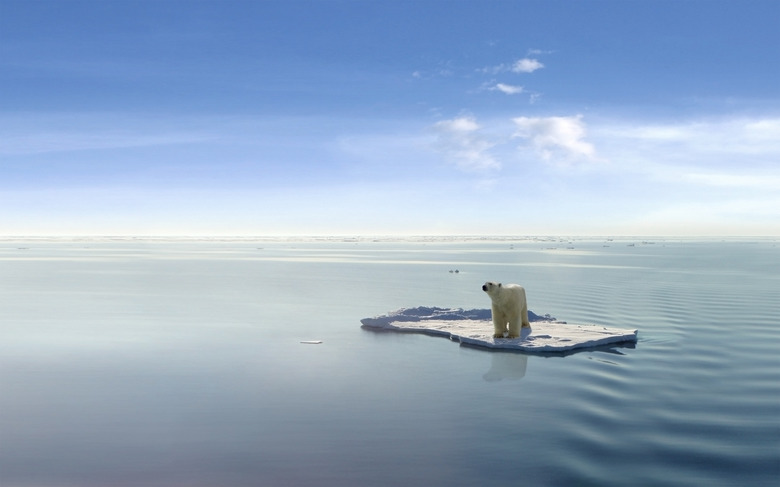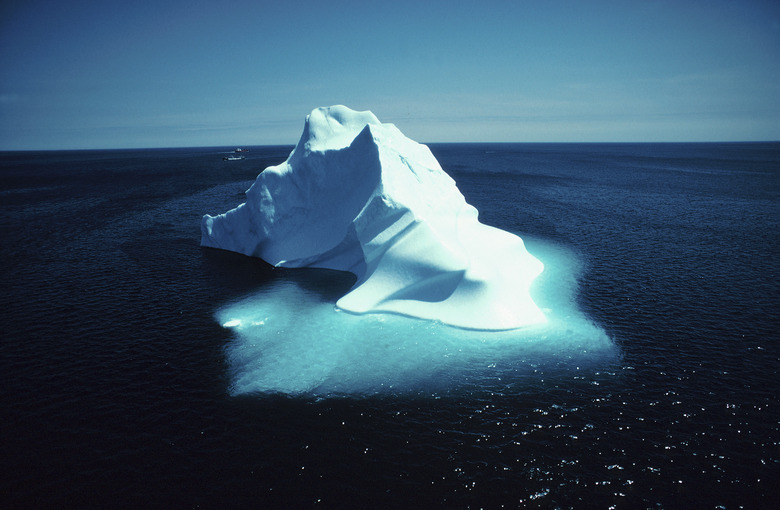Facts About Pollution For Kids
Pollution comes in many forms. Ranging from air and water pollution to light and sound pollution, pollution may seem like an overwhelming problem. But public outcry and efforts have reduced some pollution problems while new awareness is bringing other pollutants into the public eye. Like many problems, finding solutions to pollution begins with defining and understanding the problem.
Defining the Problem
Defining the Problem
Encyclopaedia Britannica defines pollution as "the addition of any substance (solid, liquid, or gas) or any form of energy (such as heat, sound, or radioactivity) to the environment at a rate faster than it can be dispersed, diluted, decomposed, recycled or stored in some harmless form." In other words, a pollution definition for kids might say that pollution happens when too much of any material or energy upsets the balance of nature.
Types of Pollution
Types of Pollution
Pollution facts for students usually focus on air pollution and water pollution but may also discuss land or soil pollution. These types of pollution result from adding excess material to the environment. Energy pollution adds excess energy to the environment. Energy pollutants include light pollution, noise pollution and thermal pollution.
Air Pollution
Outside air pollution includes particles and gases from burning fossil fuels like coal and oil, releasing gases from chemical sources, breakdown of ozone (an oxygen isotope) and tobacco smoke. Indoor pollution sources include gases like carbon monoxide and radon, household chemicals, building materials, allergens from plants or animals (whether pets or intruders like mice and cockroaches), tobacco smoke, mold and pollen. Outdoor air pollution also enters buildings and adds to indoor air pollution. Indoor air pollution can be two to five times higher than outdoor air pollution.
Water Pollution
Water pollution happens when materials or energy added to water causes an imbalance in the ecosystem. Water pollution may come from a point source or a non-point source. A point source is a single source, like a pipe, a factory or an oil spill. A non-point source doesn't have a single point of origin. Non-point sources include street runoff from storms, lawn overwatering and washing off the driveway with a garden hose. Non-point source water pollution is more challenging to control since there isn't an individual source.
Different types of water pollution include trash ranging from cigarette butts to plastic bottles, chemicals like pesticides and petroleum products, biological contaminants like E. coli from feces and thermal pollution from power plant cooling systems.
Soil or Land Pollution
Soil pollution, also called land pollution, is more than trash on the land. Soil pollution means that soil has been altered in some way that damages the soil's ecosystem. Soil pollution is human caused or human related and the change exceeds natural checks and balances. Explaining causes of land pollution for kids can challenge adults. Obviously, pollution occurs when too much fertilizer, herbicide (weed-killer) or pesticide builds up in the soil. Industrial chemical or petroleum products also pollute soil. But soil pollution also occurs when repeatedly watering with hard water (water with natural dissolved minerals) builds up salts, poisoning the soil or forming a layer of solidified minerals called a hardpan.
Energy Pollution
Light pollution can easily be identified when the glow of lights blocks the view of the stars. Many biological functions for both plants and animals depend on natural day-night cycles. Interference with these natural cycles disrupts the life cycles of species ranging from humans to fireflies.
Noise has become an accepted part of the human world. Documented effects of sound pollution on humans include hearing loss and sleep disruption due to excessive volume or duration of noise. Environmental studies indicate noise also disrupts nature, especially in aquatic ecosystems where sound is used more than sight to communicate, hunt and evade hunters. On land, many animals, especially birds, depend on sound to define territory and find mates.
Thermal pollution is well documented. Water used to cool power plants released directly back into the environment causes local increases in water temperature. Increasing water temperature especially impacts cold blooded organisms like fish and shellfish. Drastic changes in temperature kill many species. Other negative impacts include increasing metabolic rates, shifting behaviors such as spawning and changing the aquatic food chain by increasing or decreasing the algae population. More recent studies look at the thermal effect of urban areas. Besides the impact of urban heat islands on humans, changes in temperature as areas shift from natural to suburban or urban environments certainly impact the immediate and regional ecosystems.
Effects of Pollution
Effects of Pollution
Pollution changes the ecosystem, and rarely in beneficial ways. Fertilizer runoff feeds algae in a pond causing excess algal growth that depletes oxygen, suffocating fish. The 1952 London smog killed between 8,000 and 12,000 people due to immediate effects like bronchitis, pneumonia and lingering lung damage (especially for heavy smokers). Discarded trash, particularly plastics and fishing gear, kill wildlife through strangulation, infection and even starvation when animals eat plastic instead of fish. In an ironic twist, however, trash rafts also act as protective floating reefs for plankton, larvae and fish.
Studies suggests that one in six human deaths worldwide are directly or indirectly related to pollution. That's nine million deaths per year! Estimating plant and animal deaths due to pollution challenges scientists because of the many uncertainties and natural factors.
Reduce, Recycle, Reuse and Rethink
Reduce, Recycle, Reuse and Rethink
Listing facts about pollution for kids and adults can be discouraging, even depressing. The problems seem too big for one person, but individual decisions do make a difference. Recycle or choose reusable containers. Sweep instead of washing down the driveway. Change porch light bulbs to a less environmentally disruptive color and use a light shield. Pick up animal feces rather than letting them wash into storm drains or other waterways. Plant a garden that doesn't need chemicals. Take shorter showers, pick up trash (even trash someone else dumped), use biodegradable or reusable bags and turn off unnecessary lights both outside and inside.
As Max Lucado said, "No one can do everything, but everyone can do something."
References
- National Institute for Environmental Health Sciences: Air Pollution
- American Lung Association: Radon
- History.com: The Great Smog of 1952
- National Oceanic and Atmospheric Administration: Ocean Pollution
- Environmental Protection Agency: What is Nonpoint Source?
- University of California, Irvine: Cause and Effects of Noise Pollution
- Florida Atlantic University: Light Pollution Impacts Animals and Environment
- Oregon State University: Thermal Pollution
- CDC Agency for Toxic Substances and Disease Registry: What are Possible Sources of Indoor Pollution
- USDA Forest Service: Sources and Practices Contributing to Soil Contamination
- Environmental Protection Agency: Reduce Urban Heat Island Effect
- Smithsonian.com: One in Six Global Deaths Linked to Pollution
- National Oceanic and Atmospheric Administration: Why is it so Hard to Count the Number of Animals Killed by Oil Spills?
- Good Reads: Quote by Max Lucado
- Encyclopaedia Britannica: Pollution
Cite This Article
MLA
Blaettler, Karen G. "Facts About Pollution For Kids" sciencing.com, https://www.sciencing.com/pollution-kids-8459215/. 20 July 2018.
APA
Blaettler, Karen G. (2018, July 20). Facts About Pollution For Kids. sciencing.com. Retrieved from https://www.sciencing.com/pollution-kids-8459215/
Chicago
Blaettler, Karen G. Facts About Pollution For Kids last modified March 24, 2022. https://www.sciencing.com/pollution-kids-8459215/
